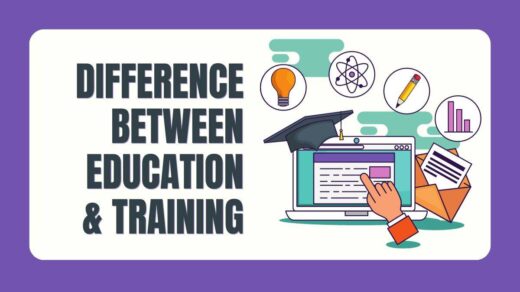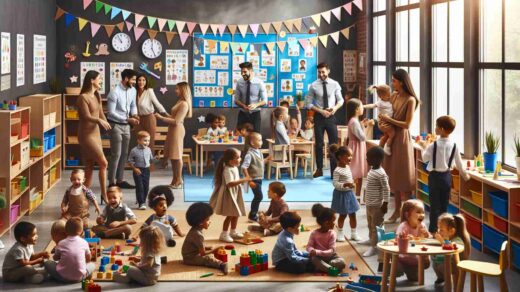
A great teacher is critical to student achievement. But how does a teacher become great? Like any specialized profession, teaching requires rigorous training—both before entering the classroom and throughout a teacher’s career. From college preparation and student teaching to ongoing professional development (PD) and microteaching, continuous training ensures educators are equipped to succeed. Without it, teachers may leave the profession early, and students’ learning suffers.
1. College Preparation Programs
Most teachers begin their training in college, completing coursework that meets state certification requirements. These programs cover:
- Key education laws (IDEA, ESSA, NCLB)
- Critical terms (IEP, RTI, EL)
- Subject-specific training (literacy, numeracy, or secondary-level disciplines)
- Classroom management and student development strategies
Many states also require advanced degrees after several years of teaching.
2. Student Teaching: Hands-On Experience
A cornerstone of teacher training is student teaching, where candidates work under a mentor teacher. This internship follows the “You do, we do, I do” model, allowing trainees to:
- Develop lesson plans and assessments
- Manage classroom dynamics
- Communicate with families
Student teaching builds professional networks and often leads to job opportunities. Though unpaid, its value is immeasurable.
3. Alternative Certification for Career Changers
To address teacher shortages—especially in STEM fields—some states offer fast-track certification for professionals transitioning into teaching. These candidates receive training in education law and classroom management while leveraging their subject-matter expertise.
4. Professional Development (PD): Lifelong Learning
Once hired, teachers engage in ongoing PD, which should be relevant, collaborative, and reflective. Examples include:
- District-mandated training (e.g., digital tools for 1:1 laptop programs)
- Data-driven workshops (e.g., strategies to improve numeracy skills)
- Peer-led sessions or self-directed learning (e.g., book studies, online educator communities)
5. Microteaching: Reflective Practice for Growth
John Hattie ranks microteaching among the top five influences on student achievement. This method involves:
- Recording and reviewing lessons for self-evaluation
- Peer feedback sessions (non-evaluative)
- Mini-lessons with small student groups, followed by discussions
Microteaching builds confidence, fosters collaboration, and refines instructional strategies.
Conclusion
Great teachers aren’t born—they’re trained. From college programs to microteaching, each stage of professional development ensures educators can adapt, innovate, and inspire. Investing in teacher training isn’t just about retaining talent; it’s about securing student success.


